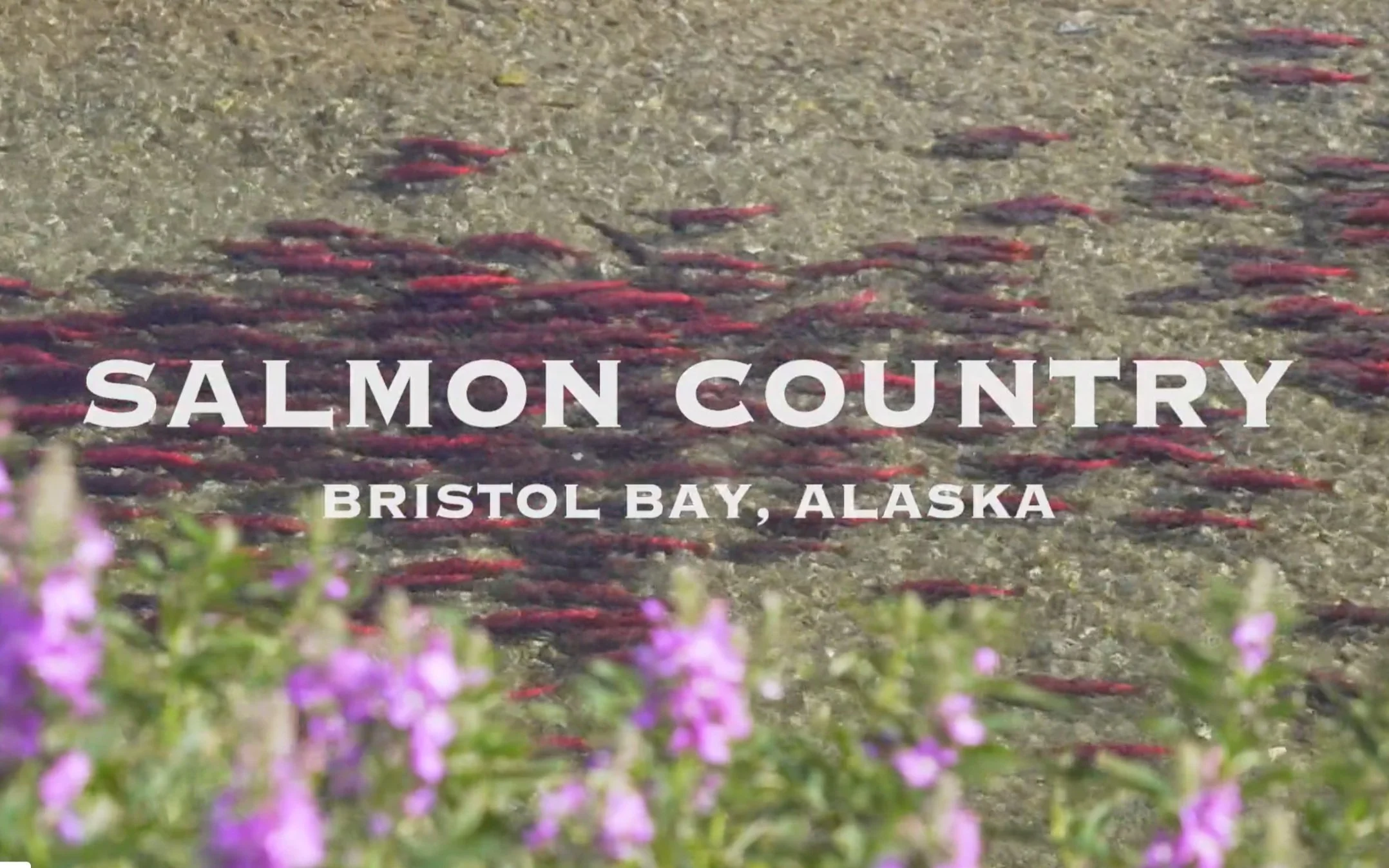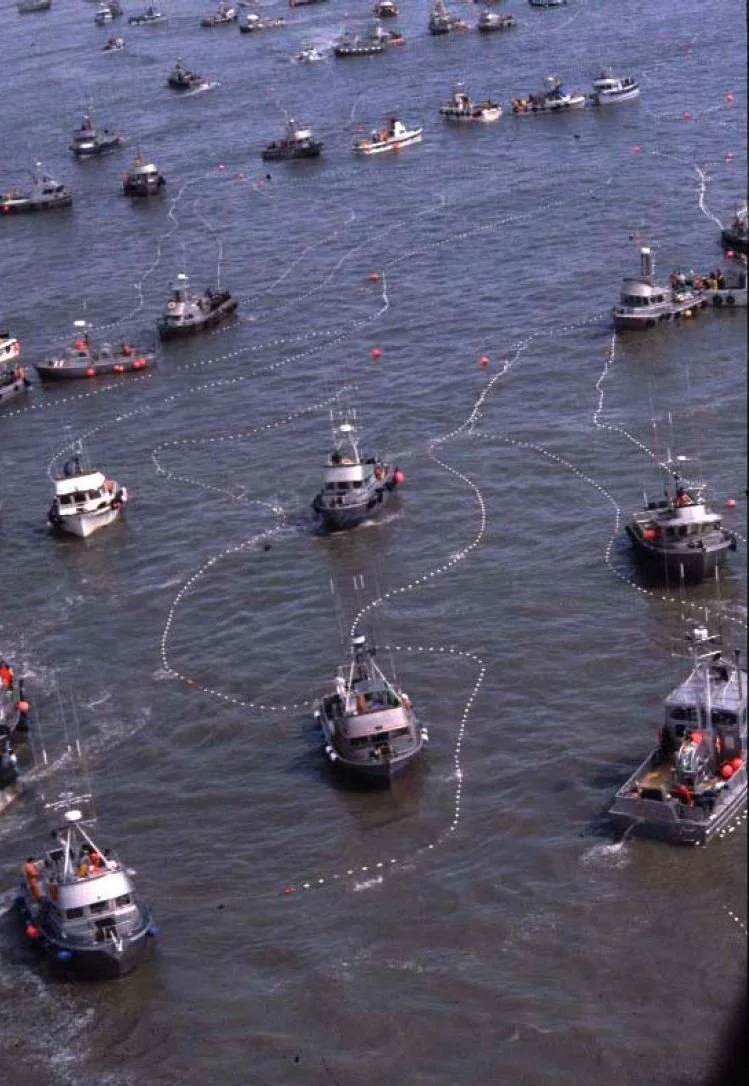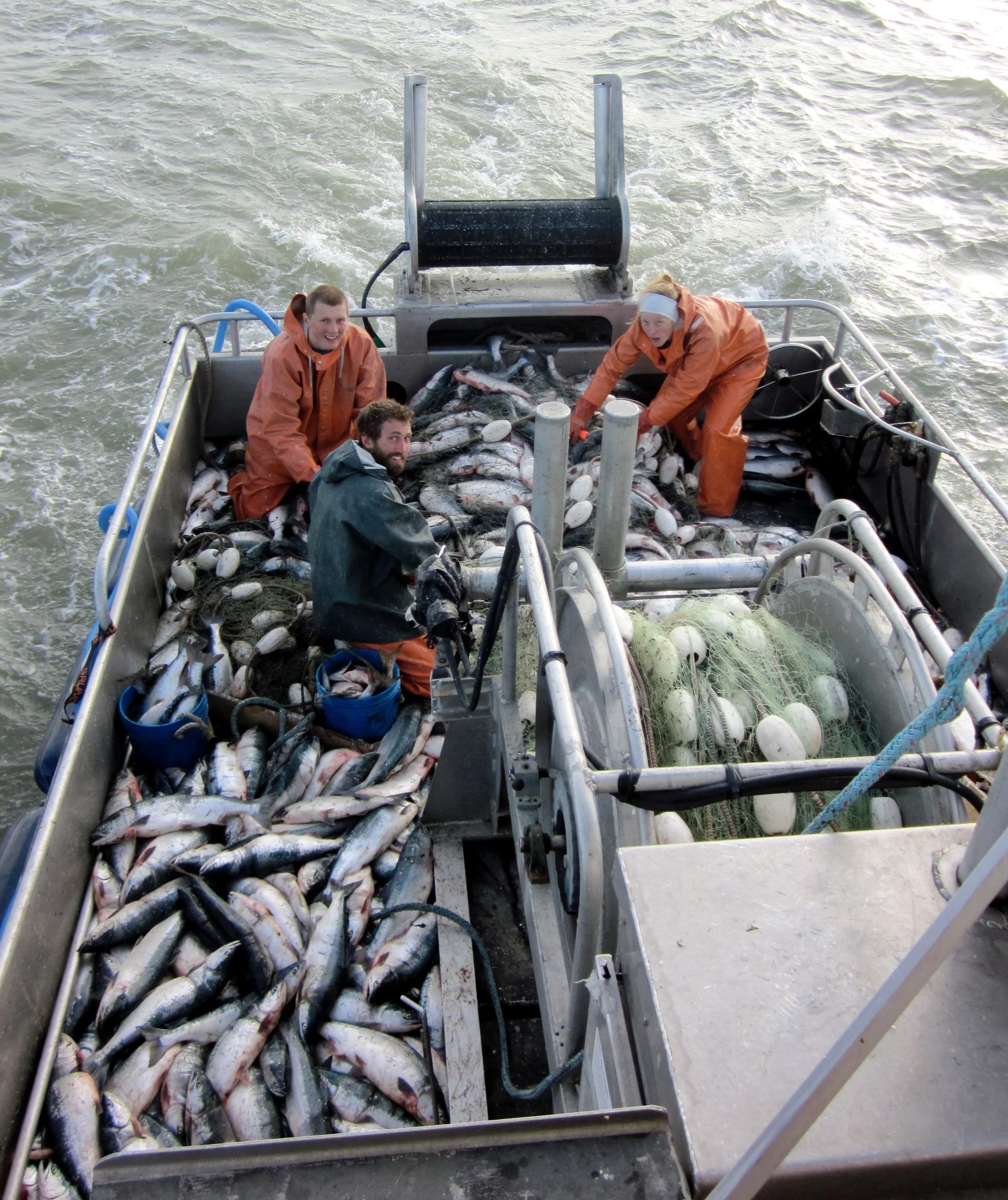A Rogotzke Family Tradition Since 1982
Three generations of Rogotzkes have fished commercially in Bristol Bay, Alaska since 1982. We sustainably fish wild Alaskan salmon, using gillnets to catch King, Sockeye, and Chum salmon.

Bristol Bay, Alaska
We fish in a special place in southwest Alaska. The Bristol Bay watershed produces the world’s largest remaining sockeye salmon fishery. Over 30 Alaska Native Tribes in the region depend on salmon to support their subsistence way of life. Around half of the world’s harvest of wild salmon comes from Bristol Bay. The fishery is sustainably managed to protect the continuing health of Alaska’s environment and economy.
See the amazing salmon run. Or learn more about protecting Bristol Bay here.
Salmon Fishing in Alaska
To sustain salmon, fishing methods and gear are heavily regulated. Trolling, gillnetting, and purse seining are the three methods of fishing in Alaska. We use gillnets that are hauled aboard our 32 foot fishing vessel. After salmon are caught, they are put into brailer bags. They are then transferred to ships (many of them the same ships that fish crab in the Bering Sea and have been featured on Deadliest Catch) that bring our salmon up river to be filleted, vacuum packed, and frozen. It then makes a long journey on a barge out the Aleutian Islands and then southeast to Seattle. The salmon is met there by a freezer truck and it makes the final push to the Midwest. A small bit of it stops in Missoula, Montana (for Katie and Leah), and the rest journeys eastward.
The fishing season in Bristol Bay is from mid-June to mid-July. Before fishing is allowed, state biologists ensure enough fish have traveled up stream. When they ascertain that the quota has been met, then fishing is open for a certain period of time. Wild Alaska salmon are delicious to eat, as they come from the cleanest waters on the earth. Every aspect of Alaska salmon fishing is strictly regulated, closely monitored, and enforced.
Wild Alaskan Salmon
Alaskan salmon spawn at the same time each year, returning to the stream from which they emerged. They travel thousands of mile throughout their life, finally to return to the gravel beds where their lives began. How they navigate their way remains a mystery. They plant their eggs in the gravel and approximately six months later, the young salmon fry emerge. Some of the fry will go to sea immediately, while others, such as Sockeye and Kings will remain in streams and lakes for a year or two. They all eventually migrate to sea where they mature.
Salmon need cold, clear water. They survive where the habitat is healthy and whole. After spending two to four years at sea, they return to spawn, as their final act.
Where we fish






